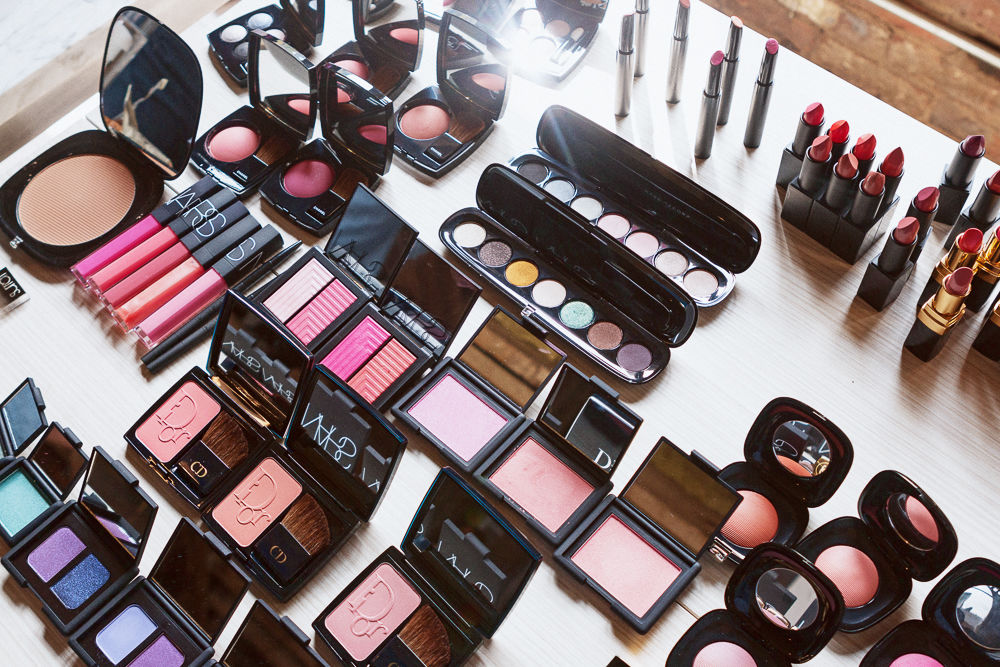
By Sharon Franklin
For someone who has used make-up for most of my adult life, I found this article by Elizabeth Gribkoff of Environmental Health News alarming. She recently reported on a study from last summer showing that a number of cosmetics contained PFAS (poly-fluoroalkyl substances), which are a class of compounds linked to cancer and reproductive problems. She also worried that “[f]or clean beauty brands, getting PFAS out of makeup might be easier said than done.”
In the Fall of 2021, Mamavation found that dozens of makeup products contained organic fluorine, an indicator for PFAS. When first looking at the Mamavation testing results it appeared to indicate widespread contamination, and in a few cases, the intentional addition of the harmful compounds in beauty products marketed as “clean” or “green.” The U.S. Food and Drug Administration (USDA) has had a hands-off policy in regulating the safety of personal care products, even after multiple researchers and government officials have found PFAS-contaminated drinking water around the United States in recent years, especially near factories where PFAS is made or used in industrial processes. Researchers are especially concerned about potential PFAS exposure for fetuses and infants.
Until 2021, there were no studies looking at how much PFAS were in North American cosmetics. With that in mind, a team of researchers from the University of Notre Dame, Indiana University, and other institutions tested more than 200 mascaras, concealers, eye shadows, and other cosmetics from North America. What the researchers discovered surprised even them. They found roughly half the tested products contained the PFAS indicator organic fluorine. Of the 83 lipsticks, mascaras, and other beauty products that Mamavation tested, 54 had organic fluorine, with eight containing organic fluorine levels higher than 100 parts per million. These are amounts which experts say could indicate the intentional use of PFAS as an ingredient. See Mamavation’s full testing results.
Leah Segedie, founder of Mamavation, contacted the brands before publishing the test results. She told them that she understood their concerns around high testing costs and the amount of work it would take to ensure clean supply chains. However, she informed them that, “[T]he point is you’re still selling this makeup to people who… are paying top dollar for cleaner cosmetics that keep them safer because they have to wear it every day, [which is] all the more reason you need to figure this out.”
The fallout from the PFAS in Cosmetics Study unleashed a torrent of news coverage, bills, and even a spate of class-action lawsuits against makeup brands like CoverGirl, bareMinerals, and L’Oreal over allegations of false advertising. Lindsay Dahl, senior vice president at the clean cosmetics brand Beautycounter has stated, “Oftentimes, those suppliers don’t know the answers to the questions you’re asking even though they should be the expert, or they don’t want to look for the answers because they don’t want to tell you what it is.” What can cosmetic consumers do to protect themselves from PFAS exposure? Consumers can visit Clearya’s website to find information that automatically screens makeup products that may contain PFAS and other hazardous ingredients. The Environmental Working Group’s Skin Deep Database also provides safety reviews of thousands of cosmetics, sunscreens, and other personal care products.
